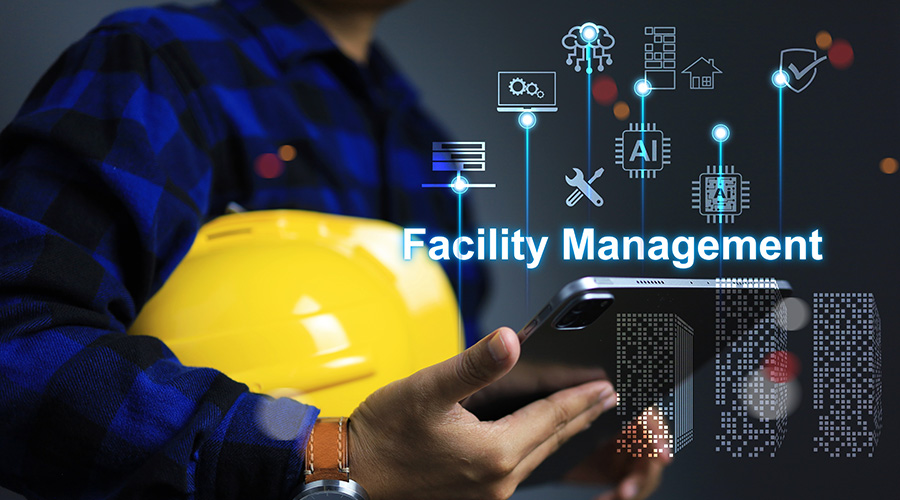Personal Solutions
Maintenance data as business driver
Knowledge management” (KM) contends itself with managing and deriving maximum value from an organization’s so-called intellectual and information-based assets. Therefore, we can conclude that it has no application in a mission whose primary focus is on the maintenance of physical assets, right?
Wrong. Consider some of the stated goals and objectives of one Midwest university physical plant operation: “keep centralized records to provide on-line access to equipment specifications, parts needs and usage statistics;” “ensure the reliability and longer life of our equipment by practicing a systematic approach to maintenance scheduling;” “compile and document valuable historical records for use in decision making, analysis, planning and trouble shooting;” “organize and assign work orders and projects to proper work centers and monitor costs and progress;” and, finally, “produce a vast collection of reports and information for use in planning, diagnosis and performance of maintenance.”
Knowledge Praxis, a publication that talks about the practical aspects of managing knowledge, makes explicit what the above physical plant implies in its mission objectives: Most modern-day work is information-based, organizations compete on the basis of knowledge, and the information component that drives products and services is significant.
Recognizing the value of organizational information — represented in both data bases and people knowledge — is only half the challenge. The CEO, the infor-mation technology specialist and the head of any department that has a knowledge/ information component to it also must figure out ways to capture, organize, store and generate this valuable asset.
Experts tend to agree that while technology is an important tool in mining and organizing information, knowledge management is not a technology-intensive business practice. Rather, KM is a management exercise with the primary goals of getting the organization first to acknowledge information and intellectual property as an asset and second to look for ways for people to use and share it.
Talking it out
Alternative dispute resolution (ADR) came into vogue in the non-residential building market in the late 1960s, primarily as a way of settling construction disputes. ADR enables legal combatants to circumvent red tape and delays associated with traditional court venues and can be a less costly alternative to litigation.
The Legal Information Institute identifies two types of ADR.
Arbitration is a watered-down trial format that eliminates discovery and represents simplified rules of evidence. Both sides agree on an arbitrator or arbitration panel.
Mediation is less formal. Mediators trained in the principles of negotiation are brought into the dispute in an attempt to work out a settlement that typically both parties can formally accept or reject.
Related Topics:











